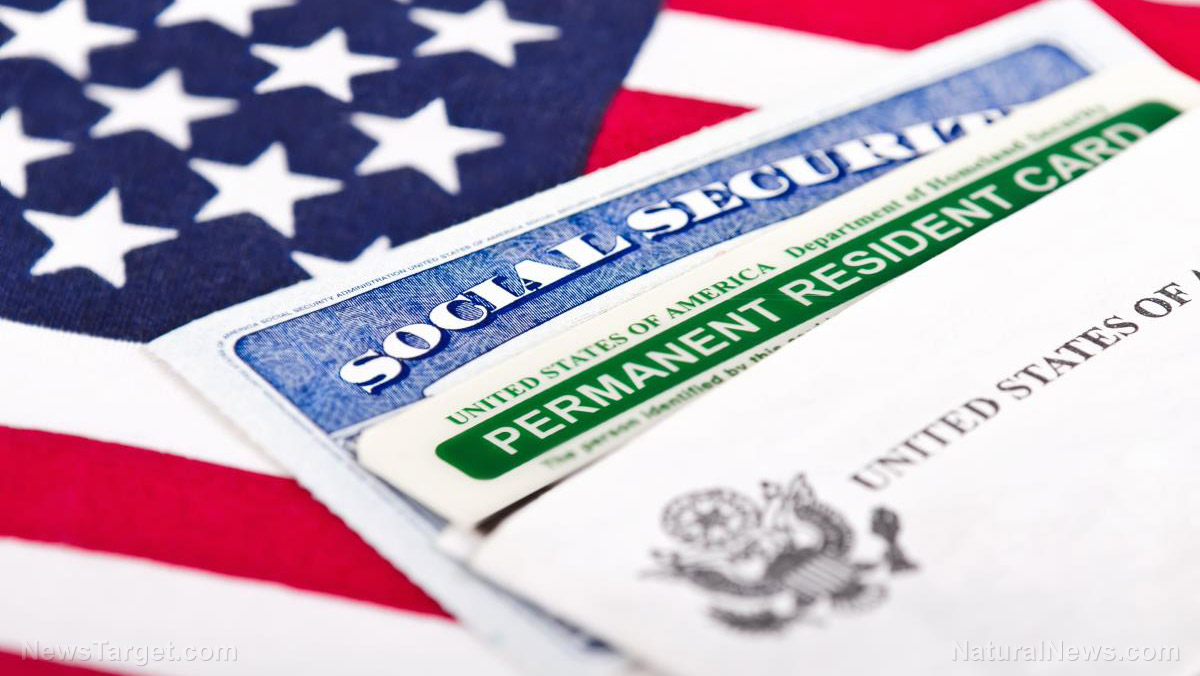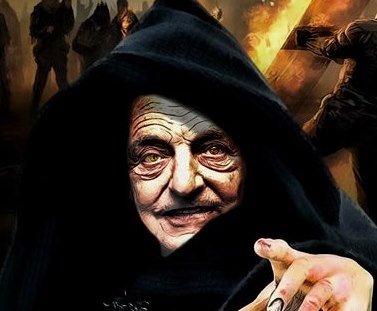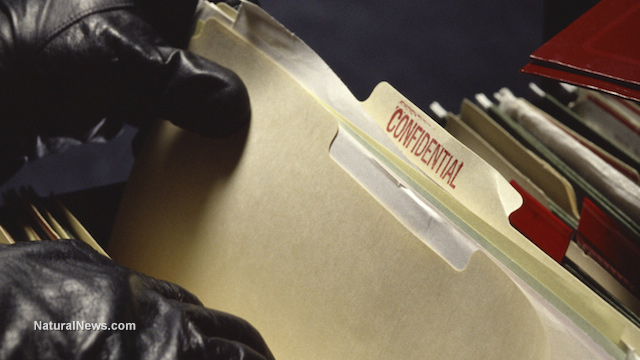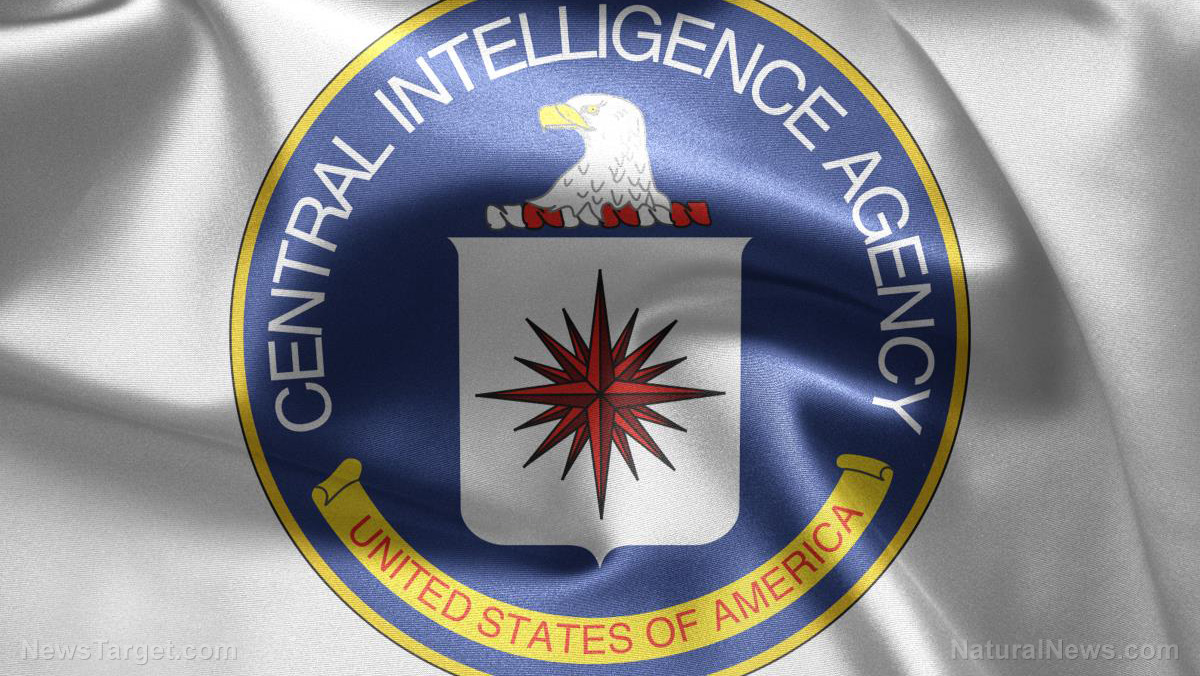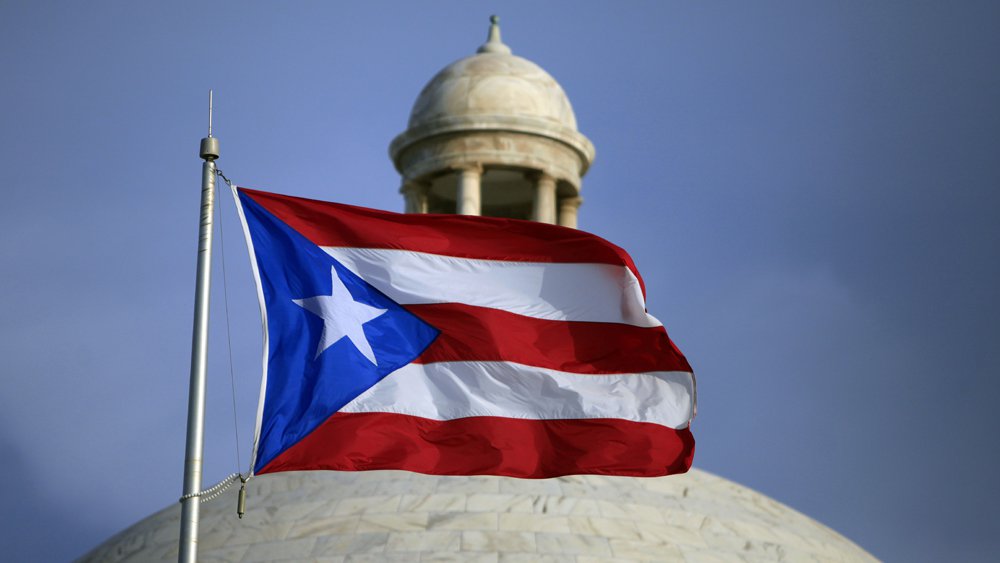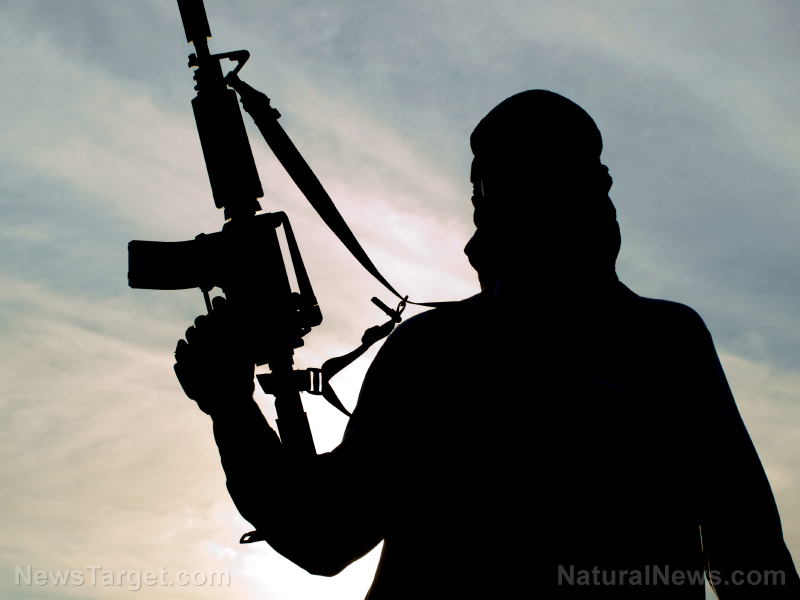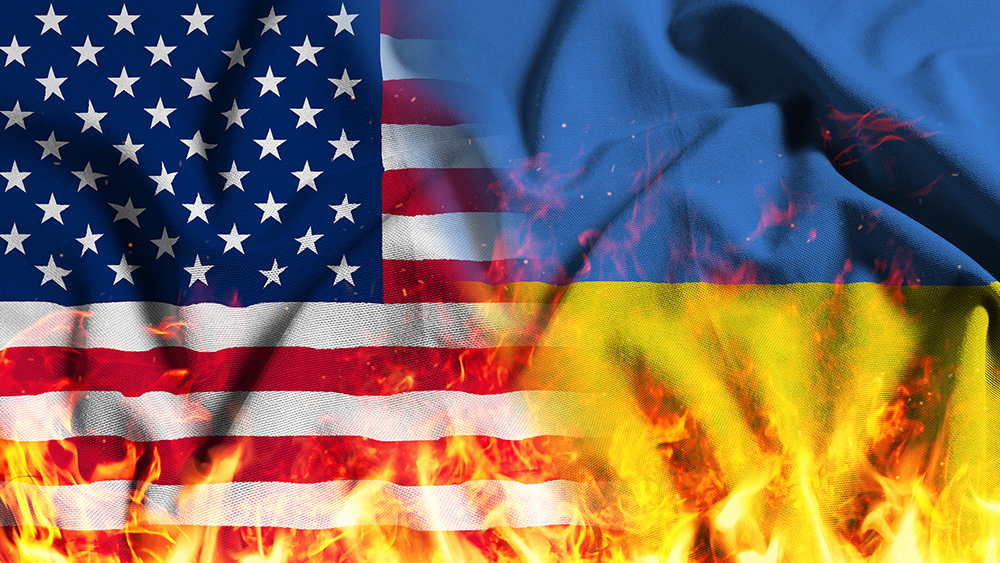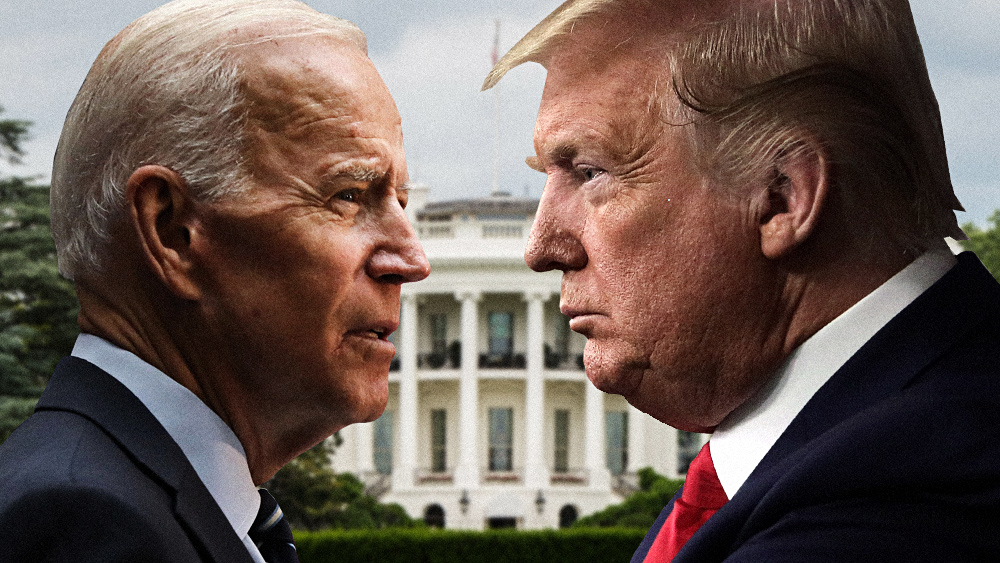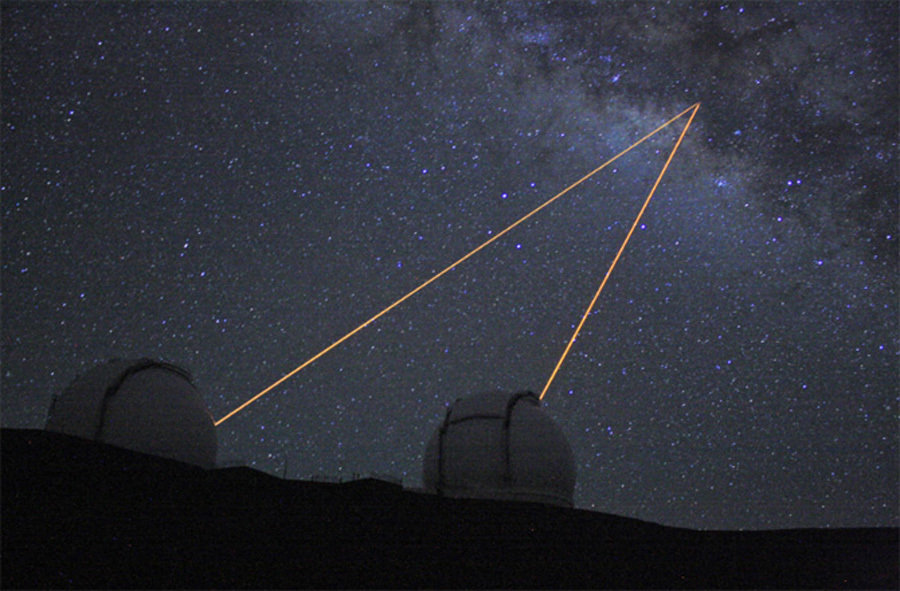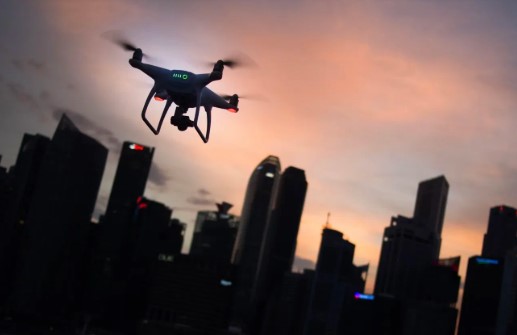Trump plans to rebuild NATO while maintaining Ukraine support
01/02/2025 / By Belle Carter
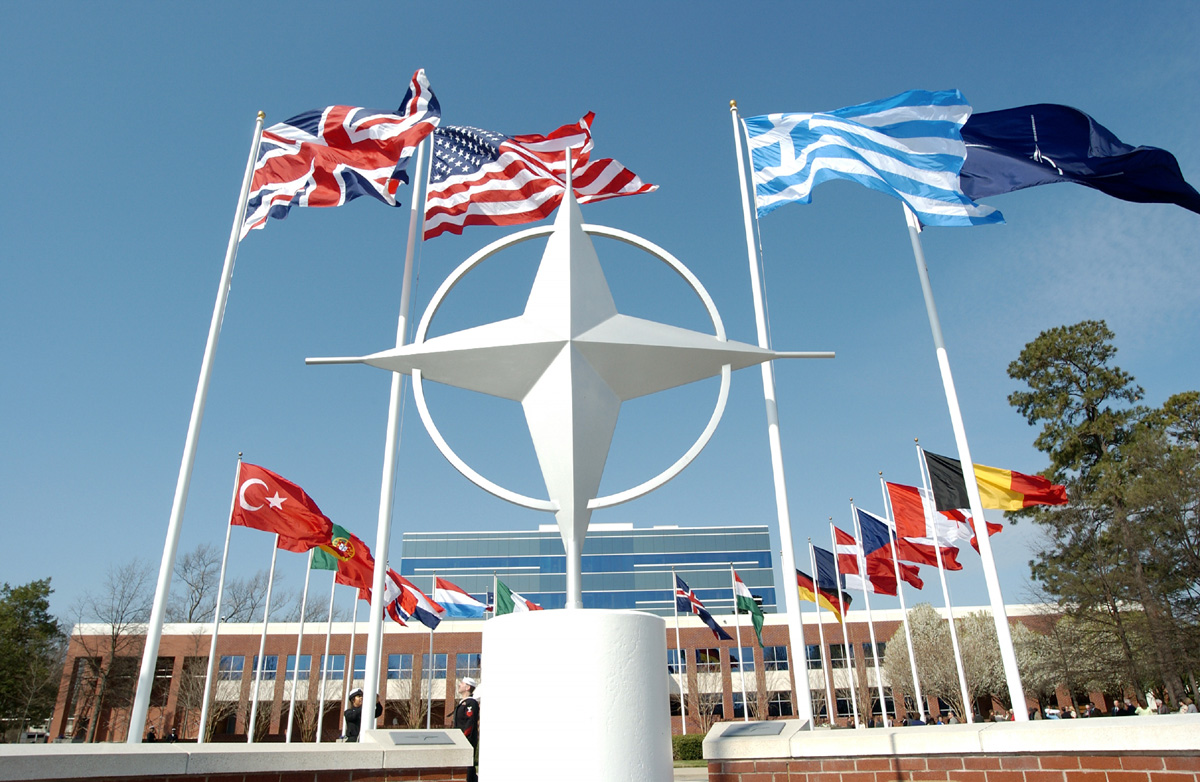
- Trump’s administration is calling for NATO members to increase their defense spending to five percent of GDP, more than double the existing two percent target.
- Despite earlier campaign promises, Trump’s team is maintaining military aid to Ukraine, which is seen as a move to keep Russia at bay.
- Trump threatens to impose tariffs if NATO members do not meet the new defense spending target, using it as a negotiating tactic to leverage financial commitments from Europe.
- European leaders are wary of the increased military spending demands but recognize the need for U.S. backing against Russian aggression. However, the financial burden could lead to austerity measures and domestic backlash.
- Trump’s strategy is seen as bold but ambiguous, with insiders suggesting he might settle for a lower 3.5 percent defense spending target, indicating a possible negotiating tactic to drive a compromise.
It seems like President-elect Donald Trump is about to embark on a daring mission to reshape the global defense landscape, all while keeping Ukraine in the fold.
According to a new report from the Financial Times, Trump’s team is set to shock the world by demanding that NATO member states increase their defense spending to a whopping five percent of their GDP. That’s more than double the existing two percent target, which, let’s face it, has been more of a suggestion than a mandate.
Trump is apparently willing to keep military aid flowing to Ukraine, despite his earlier campaign rhetoric of cutting aid and pushing Ukraine into negotiations with Russia — a move that’s bound to raise eyebrows but make the Eastern Europeans breathe a sigh of relief.
Trump’s recent tweet on Truth Social set the tone for his administration’s strategy: He’ll demand that NATO allies boost their defense spending or face the wrath of tariffs. This play seems reminiscent of a classic poker game where Trump is holding all the cards. He’s not afraid to call the bluff of Europe, knowing full well that the continent is straddling between the threat of Russian incursion and the need for American support.
Europe, already reeling from the Brussels summit, is now faced with the prospect of doubling their defense budgets. For context, only 23 out of 32 NATO members are even meeting the current two percent target. Imagine the outrage in European capitals when they realize they’ll have to shell out even more to keep the peace.
Trump now believes that continuing military aid to Ukraine is necessary to keep Russia at bay, but only until he can negotiate a favorable peace deal. In other words, he’s keeping the leverage on the table, all the while pushing Ukraine into a corner. (Related: Kremlin: Biden undermining Trump’s “peaceful path” to solve Russia-Ukraine conflict.)
The European Union, particularly U.S. allies like Germany, seem relieved by this news. After all, they need American backing to keep the pressure on Russia. Ukrainian President Volodymyr Zelensky, who attended meetings in Brussels this week, acknowledged that European support alone won’t be enough without the United States.
Europe has to step up to get continuous U.S. backing
Prime Minister of Hungary Viktor Orban, who loudly criticized the massive aid to Ukraine, estimates that the U.S. and EU have poured over €310 billion ($324 billion) into the country since the war began. Orban’s rhetoric highlights the growing European unease with the financial outlay for Ukraine and the potential long-term implications for their economies.
In true Trump fashion, this strategy is bold and calculated. On the one hand, he’s flexing American muscle and demanding a greater financial commitment from Europe. On the other hand, he’s keeping Ukraine’s hopes alive, albeit with a heavy dose of ambiguity.
However, this plan is not without its risks. The financial burden on Europe is significant, and the push to increase NATO spending could spark a wave of austerity measures. Moreover, Trump’s demand for five percent might be more of a negotiating tactic, as insiders suggest he might be willing to settle for 3.5 percent. But make no mistake, the message is clear: If Europe wants continued U.S. support, they’ll have to ante up.
Trump.news has more stories similar to this.
Watch the video below where Trump lays out his second-term plans prior to the inauguration.
This video is from the NewsClips channel on Brighteon.com.
More related stories:
Putin is ready to negotiate a CEASEFIRE with Trump.
Biden approves $20B loan to Ukraine right before Trump takes office.
UK, France plotting to stop Trump peace deal by pledging to send troops to Ukraine.
Antony Blinken: U.S. has provided Ukraine with over $100 billion in aid since 2022.
Sources include:
Submit a correction >>
Tagged Under:
big government, chaos, conspiracy, defense budget, Donald Trump, economy, EU, finance riot, GDP, government spending, military assistance, money supply, national security, NATO, Russia-Ukraine war, Ukraine, Viktor Orban, Volodymyr Zelensky, White House, World War III
This article may contain statements that reflect the opinion of the author
RECENT NEWS & ARTICLES
COPYRIGHT © 2017 NATIONAL SECURITY NEWS



